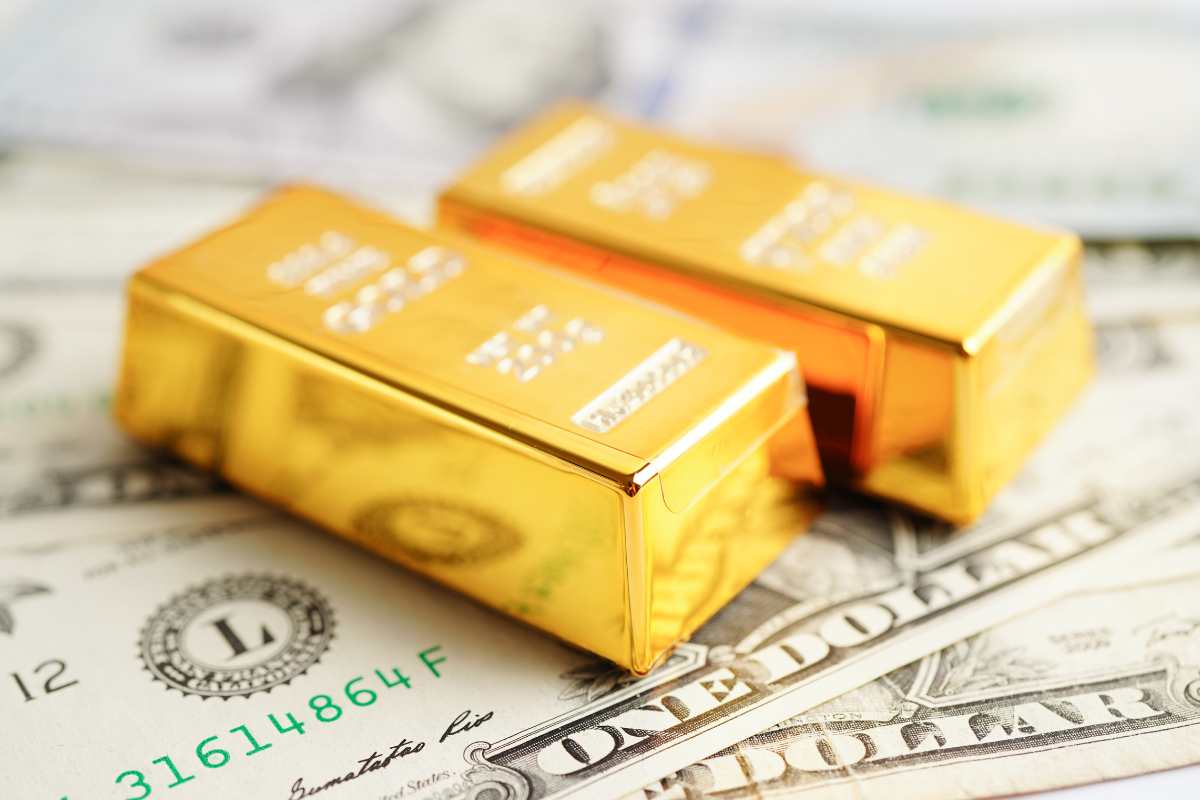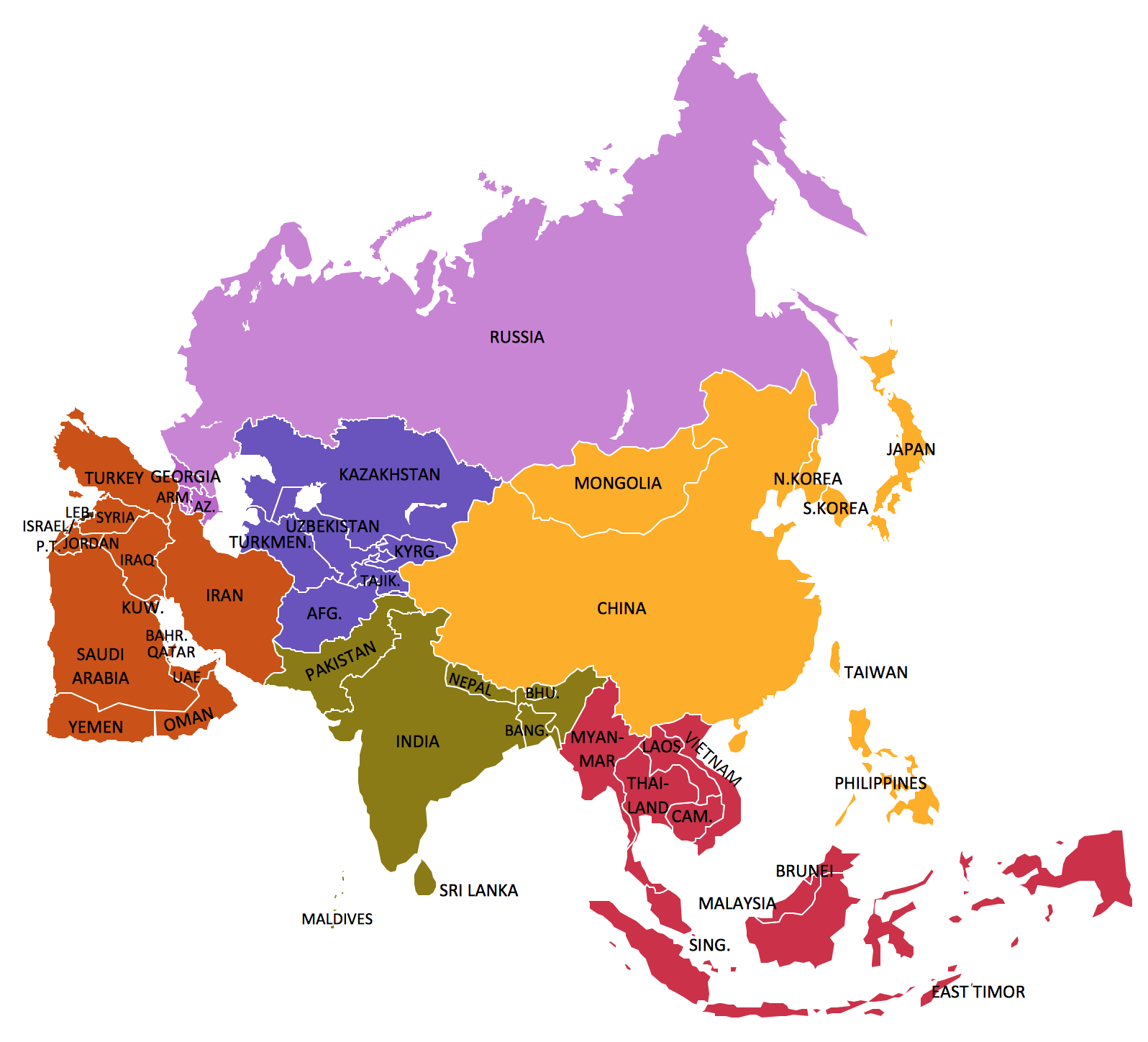Gold rush behind de-dollarization

Central banks spark an accelerated global gold rush as de-dollarization reshapes the world’s financial order
In a watershed moment for the global monetary system, central banks around the world now hold more gold than U.S. Treasury securities, which is the first time since 1996. This is the clearest signal yet of a global pivot away from the dollar, as countries accelerate de-dollarization in response to financial instability, geopolitical tensions and the politicization of the U.S. currency.
Central banks currently hold approximately 36,000 metric tons of gold, according to a European Central Bank (ECB) study, having ramped up purchases since the post-pandemic inflation surge and Russia’s 2022 invasion of Ukraine. They have added more than 1,000 metric tons annually over each of the past three years at a record pace that is more than double the average of the previous decade. With gold prices now above $3,500 per ounce, up 35% year-to-date, the value of central bank gold holdings has reached around $4.5 trillion, significantly surpassing their $3.5 trillion in U.S. Treasuries. As of the end of August 2025, central bank gold holdings overtook U.S. Treasury securities in total value.
This is not merely a statistical anomaly; it reflects a structural realignment in reserve management and a rethinking of what “safe haven” means in an increasingly multipolar world. The fact that gold has now eclipsed the dollar as the preferred international reserve asset may well represent the early stages of a long-term global pivot. De-dollarization, a concept explored in Israeli-American think-tank director Gal Luft’s “De-dollarization: The Revolt Against the Dollar and the Rise of a New Financial World Order,” refers to the deliberate effort by states to reduce dependence on the U.S. dollar in international trade, finance and reserves. Increasingly, this means reallocating into alternative currencies or assets and gold is chief among them.
Global push for gold
Much of this trend has been driven by heightened geopolitical tensions and a growing perception that the dollar is no longer a neutral store of value. The 2022 freezing of $300 billion in Russian foreign reserves by the U.S. and its allies sent a signal to the global financial community: dollar-based assets are now vulnerable to political risk. In response, central banks have taken decisive steps to insulate their reserves from similar actions in the future.

In just the first quarter of 2025, central banks added over 244 metric tons of gold to their reserves. At the same time, gold-backed ETFs saw inflows of approximately $30 billion. According to the World Gold Council, 76% of central banks now intend to increase their gold holdings over the next five years, up from 69% last year. Meanwhile, 75% plan to reduce their exposure to dollar-denominated assets, up from 62% the year before, according to Reuters.
Several countries are leading the way. The U.S., Germany, Italy, France and Russia collectively hold more than 18,700 metric tons of gold, over half of the world’s official gold reserves. India has been steadily restructuring its portfolio, increasing its allocation to gold while trimming its exposure to U.S. Treasury bills. China has also significantly increased its holdings; the People’s Bank of China (PBOC) now holds 2,300.4 metric tons, though many analysts believe this figure should be more than double to reflect China’s economic weight. Poland, the largest central bank buyer of gold in 2024, raised its gold holdings by 90 tons to reach 448 tons, about 17% of its total reserves. Türkiye added approximately 75 tons during the same year.
These moves underscore a growing consensus among policymakers: gold is more than just a commodity; it is once again becoming the backbone of a sound reserve strategy. Unlike dollar-based assets, gold is immune to credit, counterparty and jurisdictional risks. It requires no backing from any single government, hedges against inflation and retains value even in times of political turmoil. These characteristics are particularly attractive to central banks looking to protect their portfolios from global instability.
This global transition is also playing out in trade and finance. Across Southeast Asia, among BRICS nations, and in other emerging markets, local currency settlements are gaining traction. Countries are forming bilateral swap arrangements and exploring alternatives to the U.S.-dominated SWIFT payment network. The global financial architecture is slowly being reconfigured to reduce dependence on the dollar and, by extension, U.S. policy. By increasingly favoring gold over U.S. Treasuries, central banks are signaling a desire to move away from the dollar-centric reserve system.
Can gold dethrone dollar?
Whether this transition represents a permanent turn toward monetary multipolarity or a temporary hedge against short-term risk remains to be seen. But the fact that gold, which has long been seen as a relic of pre-modern finance, has reemerged as the world’s most trusted reserve asset is itself deeply telling. While the dollar remains embedded in global commerce, its declining share among reserve assets points to eroding confidence.
The move toward gold may not dethrone the dollar outright, but it chips away at its status as the unchallenged global reserve currency. It also illustrates that the definition of “safe haven” is evolving. Central banks are no longer relying solely on fiat instruments but are building reserve portfolios anchored by physical assets, diversified currencies and regionally aligned payment systems.
The political situation in the U.S. has further accelerated this trend. Since President Donald Trump reemerged as the leading candidate in the 2024 election cycle, gold prices have surged by 45%, reflecting growing unease in global markets. Many international observers have criticized the Trump administration’s foreign and economic policies as erratic, unilateral and diplomatically confrontational. All these qualities undermine global confidence in the dollar as a stable reserve. The perception of instability is compounded by reports of arrogance among key Trump advisers and a lack of consistency in international commitments. These factors have caused global policymakers to question the reliability of the dollar and to accelerate their shift toward alternative assets like gold.
While the administration still has more than two years remaining in its term, the window to restore trust in the dollar is narrowing rapidly. There is still room for the U.S. to slow, or even partially reverse, this de-dollarization trend. But that path is becoming more difficult by the day. As central banks continue to build up gold reserves and countries increasingly trade in local currencies, the world is quietly but decisively preparing for a post-dollar financial system. Whether this marks the definitive end of dollar dominance remains to be seen. What is clear, however, is that the foundation of the dollar’s supremacy is no longer as unshakable as it once appeared. Gold, once relegated to the financial sidelines, is now at the center of a profound global shift.

- Previous US blocks Iraqi imports of Turkmen gas through Iran
- Next After USSR/Russia, China and North Korea, India became power with nuclear missies on train platforms











